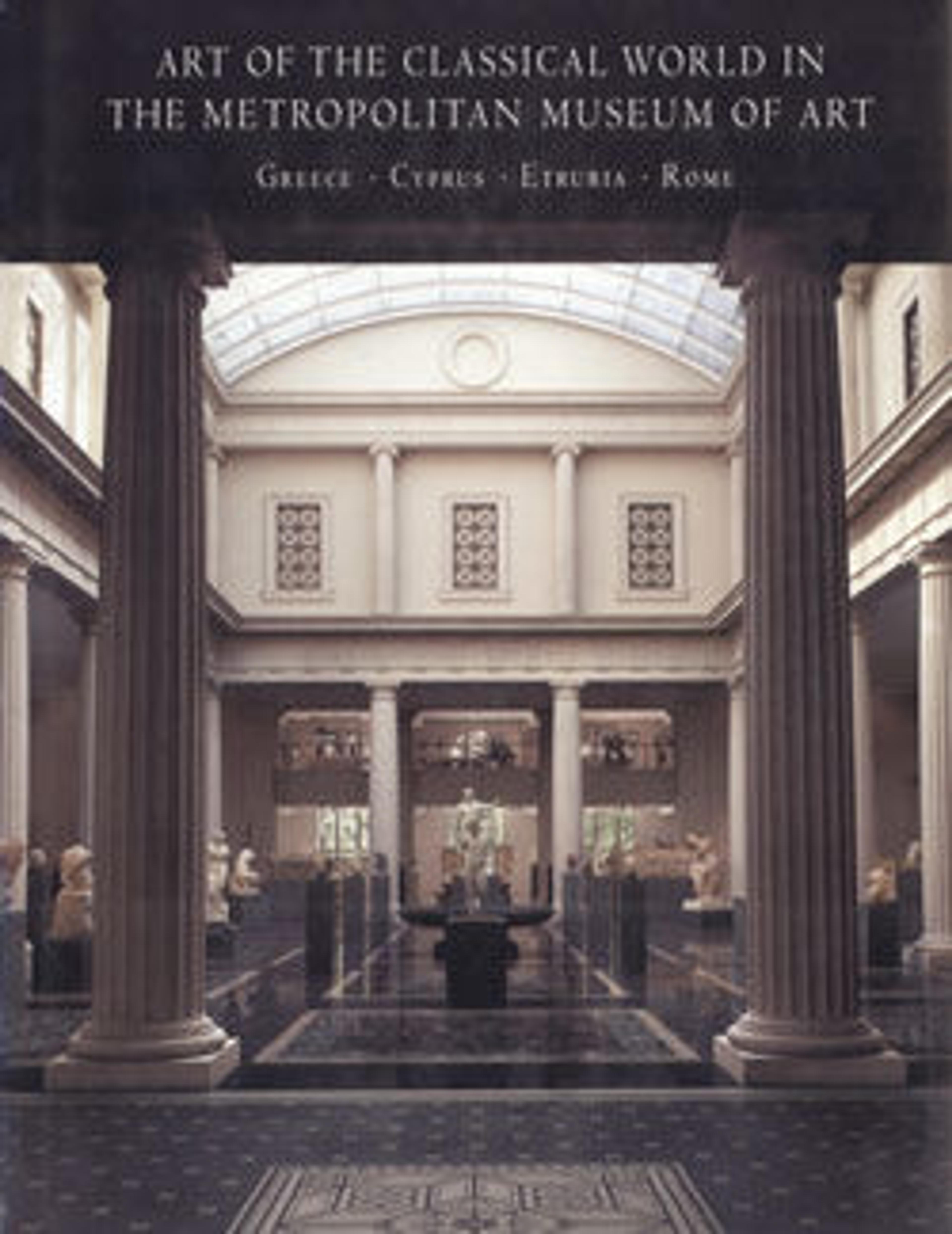Terracotta bobbin
One side, Nike (the personification of victory) offering fillet (band) to youth
Other side, Eros and youth
This object belongs to a group of roughly half a dozen pieces, all of the same construction and exceptionally fine quality but of undetermined function. The two most frequently advanced interpretations are that they served as bobbins or yo-yos. The shape lends itself to either purpose. The fragility of the material makes clear that they must have been dedications. Like the adjacent pyxis, this bobbin demonstrates the Penthesilea Painter's wonderful gift for color and composition.
Other side, Eros and youth
This object belongs to a group of roughly half a dozen pieces, all of the same construction and exceptionally fine quality but of undetermined function. The two most frequently advanced interpretations are that they served as bobbins or yo-yos. The shape lends itself to either purpose. The fragility of the material makes clear that they must have been dedications. Like the adjacent pyxis, this bobbin demonstrates the Penthesilea Painter's wonderful gift for color and composition.
Artwork Details
- Title:Terracotta bobbin
- Artist:Attributed to the Penthesilea Painter
- Period:Classical
- Date:ca. 460–450 BCE
- Culture:Greek, Attic
- Medium:Terracotta; white-ground
- Dimensions:diameter of side A 4 13/16 in. (12.3 cm); diameter of side B 5 1/16 in. (12.8 cm)
- Classification:Vases
- Credit Line:Fletcher Fund, 1928
- Object Number:28.167
- Curatorial Department: Greek and Roman Art
More Artwork
Research Resources
The Met provides unparalleled resources for research and welcomes an international community of students and scholars. The Met's Open Access API is where creators and researchers can connect to the The Met collection. Open Access data and public domain images are available for unrestricted commercial and noncommercial use without permission or fee.
To request images under copyright and other restrictions, please use this Image Request form.
Feedback
We continue to research and examine historical and cultural context for objects in The Met collection. If you have comments or questions about this object record, please contact us using the form below. The Museum looks forward to receiving your comments.
